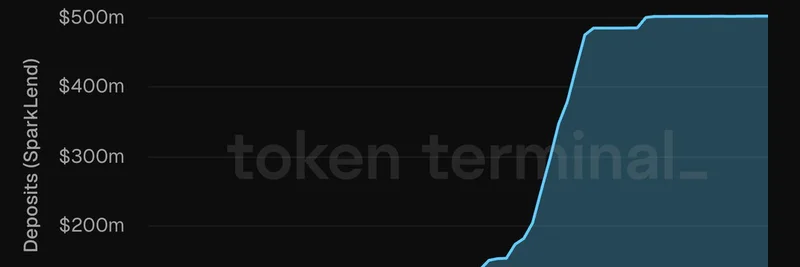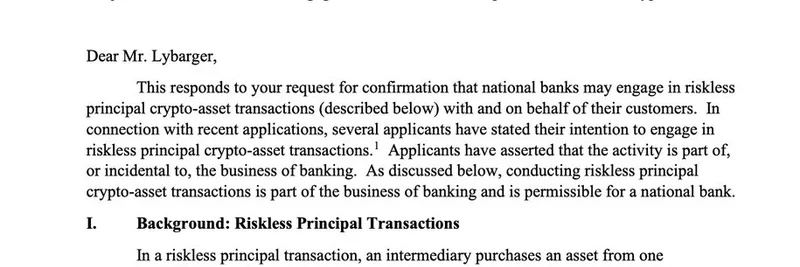In the fast-paced world of crypto, big moves from traditional finance giants like PayPal can send ripples through the entire ecosystem. Recently, data from Token Terminal highlighted a massive surge in deposits of PayPal's PYUSD stablecoin into SparkLend, a popular DeFi lending protocol. We're talking a whopping 560% increase over just two months, jumping from around $75 million to nearly $500 million. This isn't just a stat—it's a sign of growing mainstream adoption in decentralized finance.
What is PYUSD and Why Does It Matter?
PYUSD is PayPal's own stablecoin, pegged 1:1 to the US dollar. It's fully backed by USD deposits, US Treasuries, and other cash equivalents, and issued by Paxos Trust Company. Stablecoins like this act as a bridge between traditional money and crypto, offering stability in a volatile market. For blockchain enthusiasts and meme token traders, PYUSD provides a reliable way to park funds or use as collateral without the wild price swings of assets like Bitcoin or Ethereum.
This surge in deposits into SparkLend shows how users are increasingly turning to DeFi platforms for better yields. SparkLend, built on the Ethereum blockchain as part of the Spark Protocol (which ties into the MakerDAO ecosystem), allows users to lend and borrow assets in a decentralized manner. No banks, no middlemen—just smart contracts handling the heavy lifting.
Breaking Down the Growth
According to the original tweet from Token Terminal, the deposits started climbing steadily from mid-August 2025, with a sharp uptick in September. By mid-October, they stabilized around the $500 million mark. This growth isn't random; it reflects broader trends in crypto where stablecoins are fueling DeFi liquidity.
For context, DeFi—short for decentralized finance—refers to financial services built on blockchain that mimic traditional banking but without central authorities. Platforms like SparkLend offer competitive interest rates on deposits, often higher than what you'd get from a savings account, making them attractive for yield farming (a strategy where users lend assets to earn rewards).
Implications for the Meme Token Space
Now, how does this tie into meme tokens? Spark Protocol has its native token, SPK, which serves as a governance and staking token. While SPK isn't purely a meme token like Dogecoin or Pepe, it has a community-driven vibe that's common in the meme world. The replies to the Token Terminal tweet were buzzing with $SPK mentions, with users hyping it up as the next big thing.
This influx of PYUSD could boost liquidity on SparkLend, potentially increasing the protocol's total value locked (TVL) and driving more attention to SPK. Higher TVL often correlates with token price appreciation, as it signals trust and usage. For meme token traders, this means opportunities to stake SPK for rewards or use it in liquidity pools. If you're holding or eyeing meme-inspired tokens in DeFi, keep an eye on how traditional players like PayPal influence protocols like Spark.
What's Next for SparkLend and PYUSD?
As PayPal continues to push into crypto, integrations like this could pave the way for more institutional money flowing into DeFi. SparkLend's parent protocol, Spark, has been gaining traction with its focus on sustainable yields and decentralization. If this trend holds, we might see PYUSD challenging bigger stablecoins like USDT or USDC in DeFi dominance.
For blockchain practitioners, this is a reminder to stay updated on how fiat-backed assets are blending with on-chain innovations. Whether you're building dApps or trading memes, understanding these shifts can give you an edge.
If you're curious about Spark, check out their official site at spark.fi or dive deeper into SPK token details on CoinMarketCap. As always, DYOR—do your own research—before jumping in.




